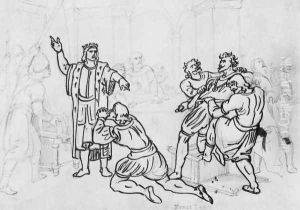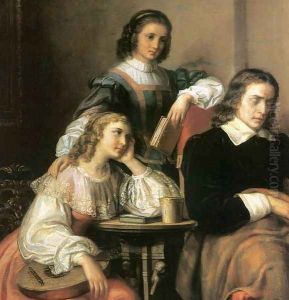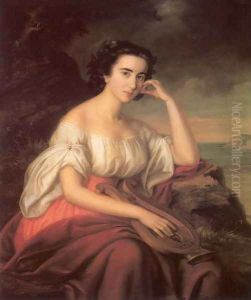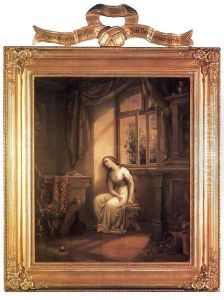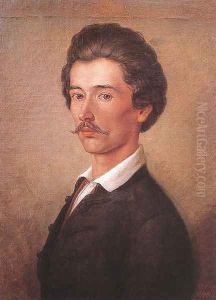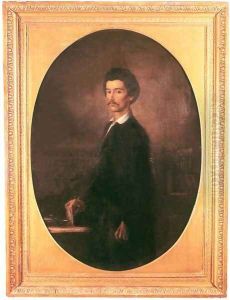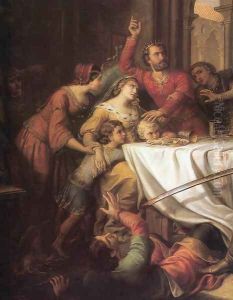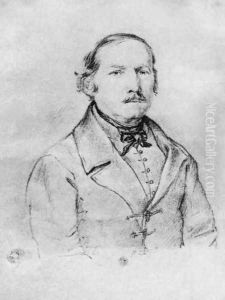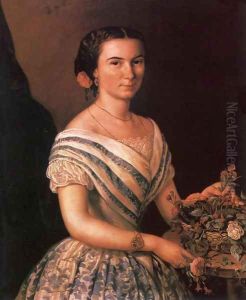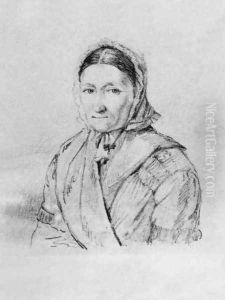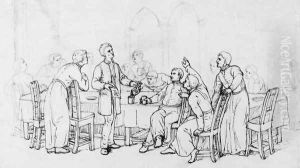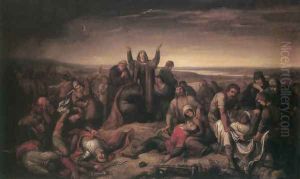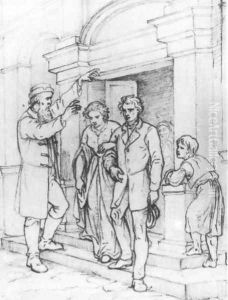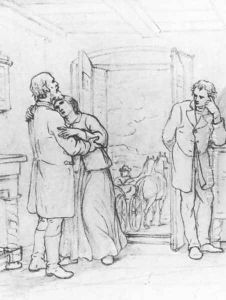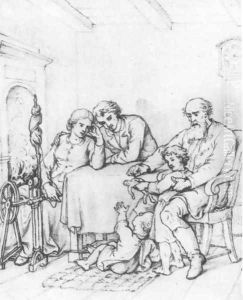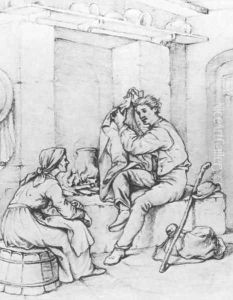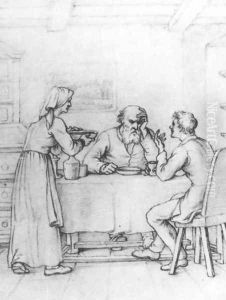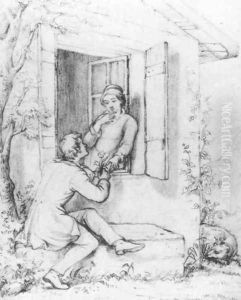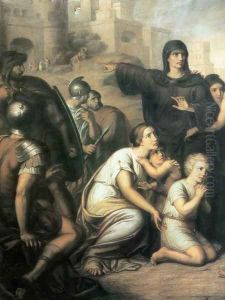Soma Orlai Petrich Paintings
Soma Orlai Petrich was a Hungarian painter, recognized for his significant contribution to 19th-century Hungarian art. Born on January 22, 1822, in Miskolc, Hungary, he was an important figure in the Hungarian romantic painting movement. Orlai Petrich showed an early interest in art and pursued his passion by studying at the Vienna Academy from 1837. However, his studies were interrupted due to financial difficulties, but he managed to continue his education at the Munich Academy in 1846, thanks to a scholarship.
In his early career, Orlai Petrich was influenced by the works of contemporary German artists and the Munich school of painting. He traveled extensively throughout Europe, including Italy, where he was deeply inspired by the Italian masters. His work often depicted historical and mythological scenes, as well as landscapes and portraits. He was particularly known for his masterful use of light and color, which added a dramatic and emotional depth to his paintings.
During the Hungarian Revolution of 1848, Orlai Petrich became actively involved in the cause for independence. This period of political upheaval influenced his work, as he produced several pieces that reflect the nationalistic spirit of the time. After the revolution, he returned to his artistic career and continued to exhibit his work in various European cities, gaining recognition and accolades.
Orlai Petrich's art was characterized by its romantic style and patriotic themes. He was a key member of the Hungarian art community, and his legacy includes the mentorship of younger Hungarian artists. He also played a role in the establishment of the Hungarian National Gallery by contributing some of his works.
Soma Orlai Petrich passed away on June 5, 1880, in Budapest, Hungary. His life and work remain an integral part of Hungarian cultural history, as he was one of the artists who helped to define the national artistic identity during a time of great change and transformation for Hungary. Today, his paintings can be found in many art collections and museums, both in Hungary and internationally, where they continue to be admired for their beauty and historical significance.



